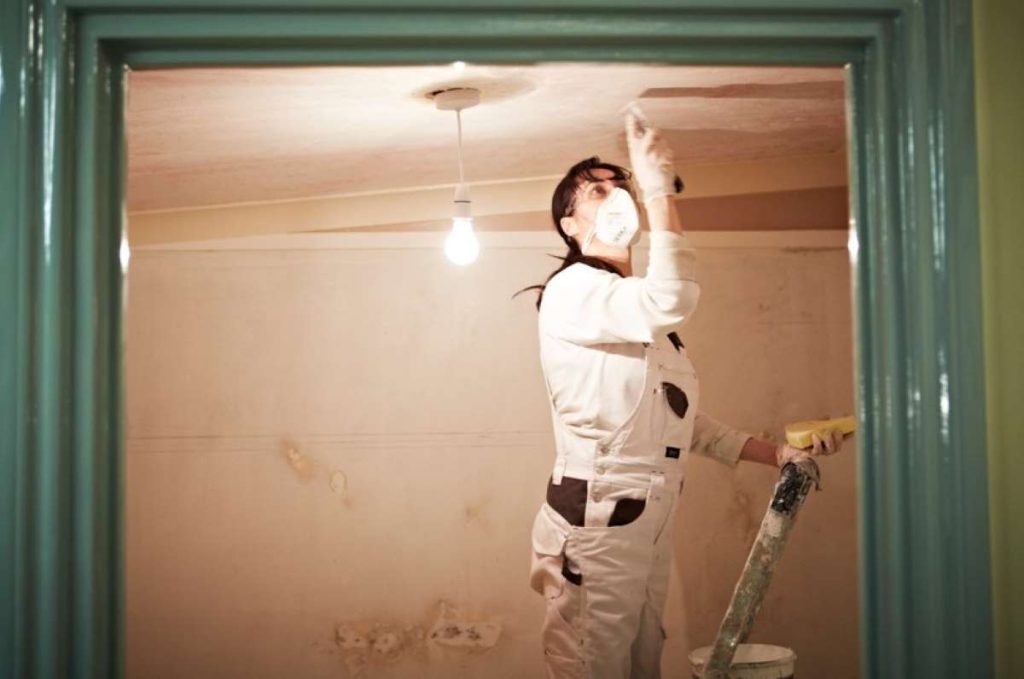
Gender diversity has long been one of construction’s biggest issues, with the industry traditionally a majorly male-dominated profession.
While there is still a long way to go in terms of levelling the balance of male and female tradespeople, notable progress has been made in recent years with more women entering the industry than ever before.
Despite this, significant changes still need to be made across the industry in terms of education, culture and pay if we are to make the career path a genuinely appealing one for women.
How much of the UK construction workforce is female?
Around 16% of the construction workforce in the UK is female1, a higher figure than the States (11%), Germany (9%), Italy (9%) and Spain (9%).
The number of women in the construction industry has actually increased since COVID, reinforcing that females do have a key role to play in solving the ongoing skills shortages in the industry.
Demand for female tradespeople
Last year, research by the Chartered Institute of Building (CIOB) found that three in five people would hire2 female plumbers, carpenters, electricians and builders to work on their homes. However, 10% of those surveyed said they had tried to find one with no success.
Further research from Rated People found that the desire for a more diverse workforce is also largely felt by those already working in the industry, with 87% of tradespeople3 believing more women in the industry would be a good thing.
Which trades are most popular with women?
Painting and decorating along with plumbing and heating are comfortably the two most popular trade sectors among women4, accounting for 33% and 28.38% respectively of female roles in the industry.
These are followed by electrical (11.55%), gardening (10.23%) and carpentry (4.29%).
What is being done to encourage more women to enter the construction industry?
A new Home Building Employment programme5, developed by Women into Construction and the Home Builders Federation (HBF), aims to encourage more women into the industry.
The project hopes to attract women into site management roles, offering a unique funded programme that provides support with childcare and training costs to make these roles more accessible.
The Home Building employment programme will include site visits, development sessions, work placements and one-to-one coaching and support.
What needs to change?
Despite the demand from within the industry, there are still big flaws at an education level, with a study6 finding that less than half (42%) of 16-18-year-old girls were given a trade career as a potential option at school.
Outdated gender-specific job titles such as ‘tradesman’ also remain an issue, with 73% of 16-18-year-olds saying that gendered language is still being used in career advice at school.
The gender pay gap in the construction industry is another big problem, with male tradespeople earning 20% more7 than female tradespeople, a figure above the national average gap of 18%.
1. Female workforce statistics taken from: https://www.pbctoday.co.uk/news/hr-skills-news/women-in-construction-and-hbf-employment-programme-to-address-gender-imbalance/119847/
2. CIOB research into demand for female tradespeople: https://www.globalconstructionreview.com/demand-for-female-tradespeople-eclipses-supply-survey-finds/
3. Positive attitudes toward female tradespeople within the industry: https://www.businessmanchester.co.uk/2022/09/22/87-tradespeople-want-more-women-in-the-industry-survey-reveals/
4. Most popular trades among women: https://www.payaca.com/post/13-most-popular-trade-jobs-for-females-and-how-they-compare
5. Home Building Employment programme: https://women-into-construction.org/women-into-home-building-programme/
6. Gender-specific language a barrier in education: https://www.businessmanchester.co.uk/2022/09/22/87-tradespeople-want-more-women-in-the-industry-survey-reveals/
7. Gender pay gap in construction: https://construction-update.co.uk/2022/10/13/gender-inequality-in-the-construction-industry-the-future-of-diversity/